Vimar Telecommunication cables and wires




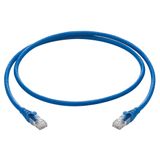
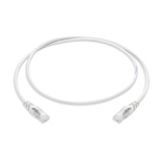
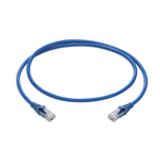
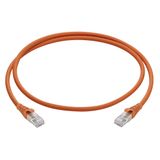
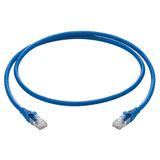
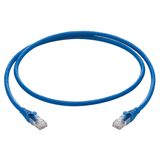

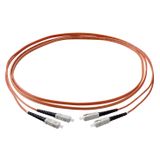
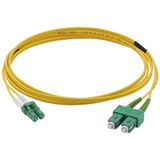
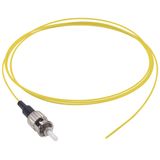
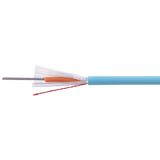
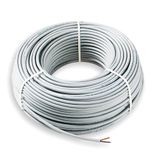


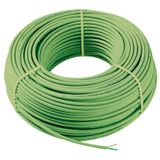
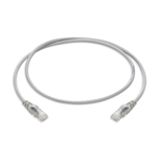

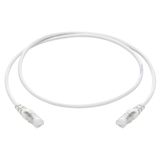
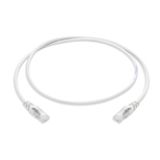



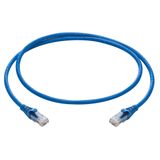

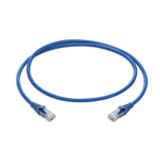
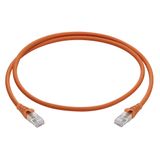

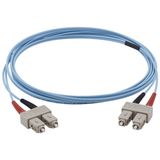
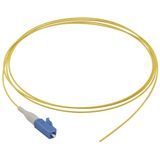
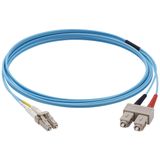
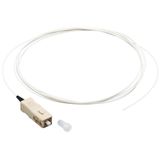
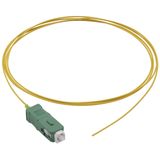

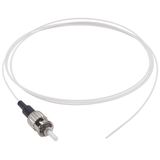
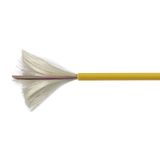

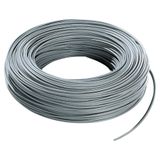
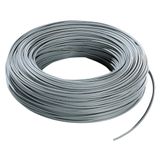
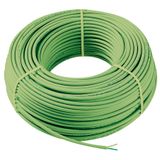



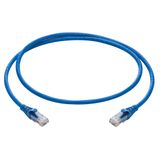

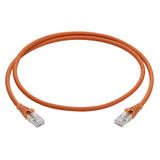

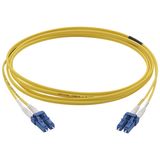
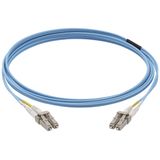
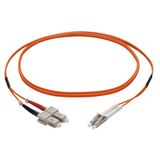
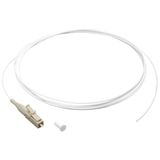

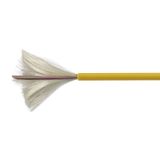
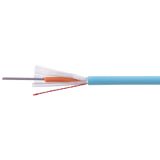
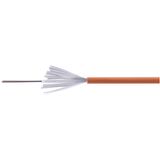
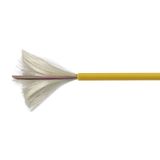
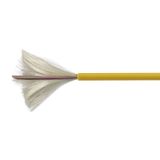
-
-
1
- 2
-
vimar telecommunication cables portfolio and CPR classes
The core range spans copper twisted-pair in Cat5e/Cat6/Cat6A with PVC or LSZH sheaths (Eca…Cca-s1,d1,a1), indoor tight-buffer fiber for patch and corridor runs, and pre-terminated assemblies for fast turnarounds. Use vimar telecommunication cables when you need consistent reel markings (DoP, CPR, batch, metre count) and OD tolerances that match Vimar glands and snap-in device plates.
vimar data communication cables copper families and screening
Unscreened U/UTP covers typical office drops; F/UTP and S/FTP handle noisy trays and LED driver harmonics. Choose solid conductors for permanent links and stranded for patching; print length every 0.5–1.0 m for easier cut sheets. Teams standardize vimar data communication cables by category, screen, and sheath so testing lands first-time with the right NEXT/PS-ANEXT margins.
vimar telecom wiring fiber options and termination
Tight-buffer OM3/OM4 multimode serves floor backbones; OS2 single-mode handles long risers and campus links. Riser kits include breakout fan-outs, LC/SC pigtails, and splice trays sized for Vimar enclosures. Planners pick vimar telecom wiring when they want bend-insensitive G.657.A2 in tight channels and documented pull limits for each corridor.
vimar network cables categories and PoE performance
Cat6 is the workhorse to 1G; Cat6A F/UTP secures 10G and high-power PoE. Specify 23 AWG solid, ≥500 MHz bandwidth, center spline for alien crosstalk control, and conductor DC resistance to hit PoE voltage at endpoints. For switches feeding cameras and APs, buyers choose vimar network cables with tested bundle temperatures so 802.3bt loads don’t derate links.
vimar structured cabling design rules for risers and floors
Fix a 4-connector model with consolidation points where furniture is fluid; keep permanent links ≤90 m and patching ≤10 m. Label both ends with room and panel coordinates, and lock divider usage in trunking to keep power/SELV apart. Facilities that adopt vimar structured cabling early cut rework because trays, bend kits, and device plates are planned around the same OD map.
vimar signal transmission cables control, BMS, and AV lines
For controls: LiYY/LiYCY pairs (0.22–1.5 mm²) with foil/drain; for audio/AV: low-cap coax and balanced mic cable; for readers/sensors: 2×2×0.8 with proper twist. Publish shield strategy—360° clamp at entry plates, single-end bond for low-level analog—to avoid hum and false triggers. Maintenance tags vimar signal transmission cables by pair count, impedance, and jacket so swaps don’t break noise budgets.
vimar communication wires patching and device tails
Stranded patch cords (28–26 AWG) reduce bend stress in dense racks; short device tails suit plate adapters and floor boxes. Keep snagless boots in public areas and heat-shrink IDs at both ends. Site teams bundle vimar communication wires by length, color, and CAT to keep MAC work tidy during tenant churn.
Technical specifications and standards that matter
Copper compliance to ISO/IEC 11801-1 and EN 50173; channel testing to ANSI/TIA-1152-A. PoE to IEEE 802.3af/at/bt with heat-rise checks for bundles. Fiber per ITU-T G.652.D (OS2) and G.651.1/OM3-OM4 with IEC 60793 bend classes; connectors to IEC 61754 (LC/SC). Reaction to fire per CPR EN 50575; LSZH to IEC 60754/61034. Recommended bend radii: copper ≥4×OD installed, fiber ≥10×OD (tighter if G.657.A2). Pull tension and crush per datasheet; record values in the method statement.
Applications and compatibility
Open offices, hotels, and classrooms use Cat6 links with floor-box adapters and skirting trunking; studios and meeting rooms pull screened Cat6A and balanced audio; plant rooms route screened control pairs away from VFDs. Cable ODs, divider heights, and gland threads align with Vimar channels, conduits, and plates, so terminations sit flush and strain reliefs actually bite.
Integration with Vimar products
KNX and access readers land on dedicated control pairs; copper and fiber terminate in Vimar racks and wall plates from Eikon/Arké/Plana; patch fields match the same 55–71 mm design line. Trunking lids, separation barriers, and device adapters keep bend radius and segregation intact from riser to outlet.
Selection criteria for B2B buyers
- Fix services per route (LAN, PoE, control, AV), then choose copper category, screening, or fiber grade.
- Set environment: LSZH and CPR class for escape paths; UV/temperature for exposed risers; rodent-resistant jackets where needed.
- Confirm EMC: tray segregation, shield termination hardware, and max run lengths for analog/bus lines.
- Lock identification: color plan, heat-shrink/flag IDs, and panel/outlet numbering.
- Publish test regime: copper channel vs permanent link, fiber OLTS/OTDR, and PoE load verification with endpoint voltage.
Advantages of working with Bankoflamps
Procurement follows your build windows with job-specific pricing, near-hour quotes by EAN/MPN, and live EU stock before pulls begin. The portal shows lead times, shipment tracking, and downloadable price lists with validity periods you can plan against. Trusted clients can use post-payment up to 30 days. We consolidate partials so copper, fiber, patching, trunking, glands, and labels arrive route-bundled by riser. Your account manager cross-checks conductor sizes, CPR classes, bend radii, EMC notes, and labeling against your drawings—keeping deliveries site-ready across France, the Baltics, Germany, Spain, Italy, Belgium, and the Netherlands.